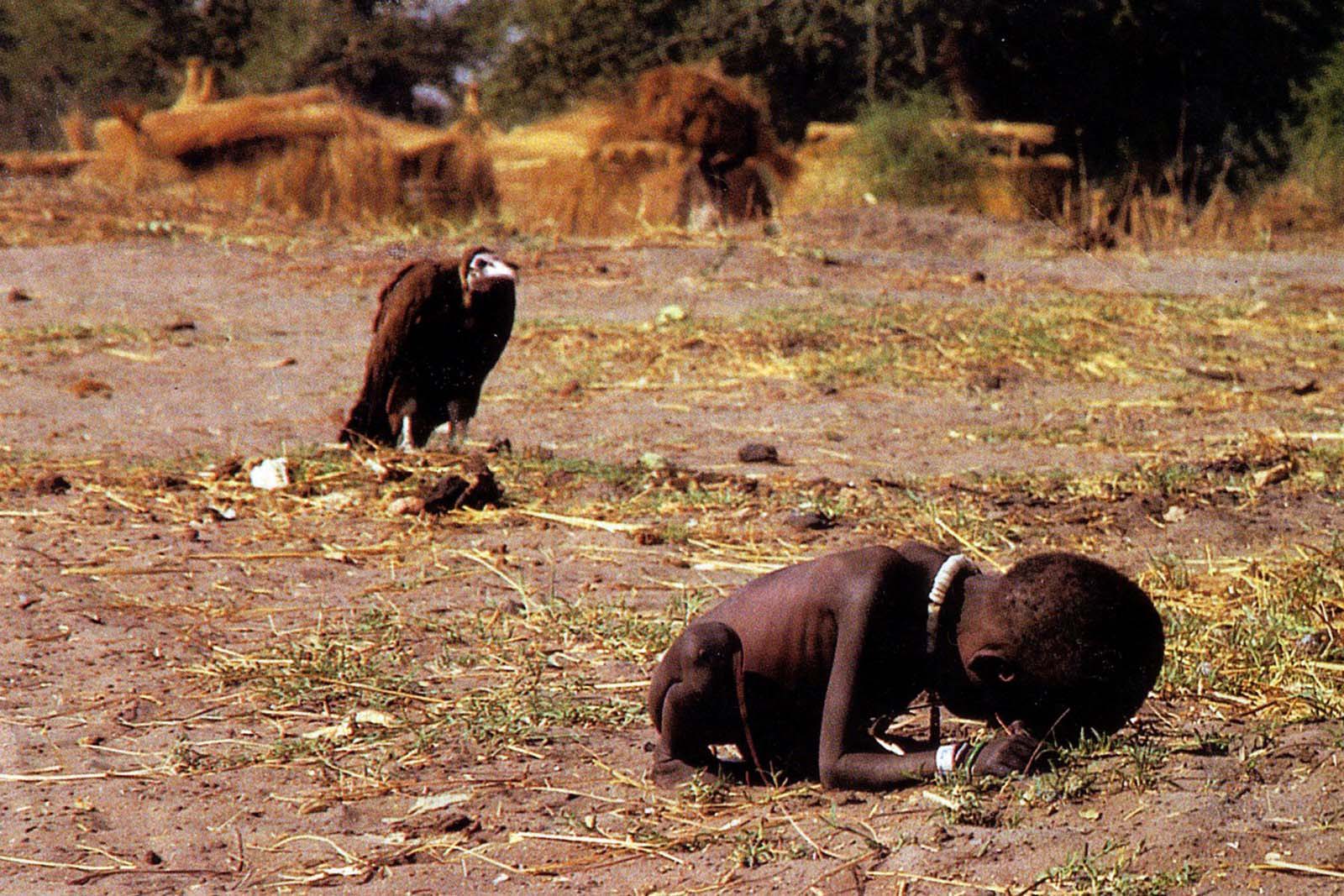Week 10: 12 – 19 Nov
CONTEXTUAL STUDIES
Photography and Truth
Can a photograph lie?
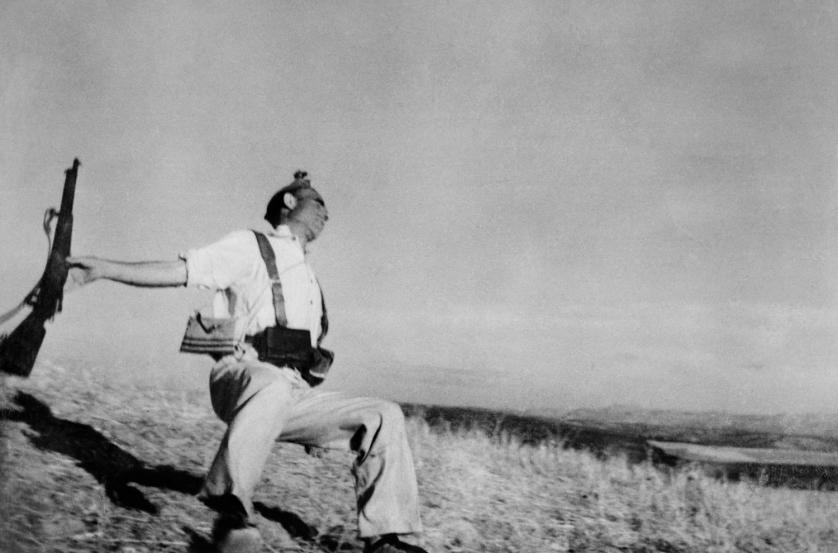
Are all photographs reliable?

A photograph is a certain delivery of facts?
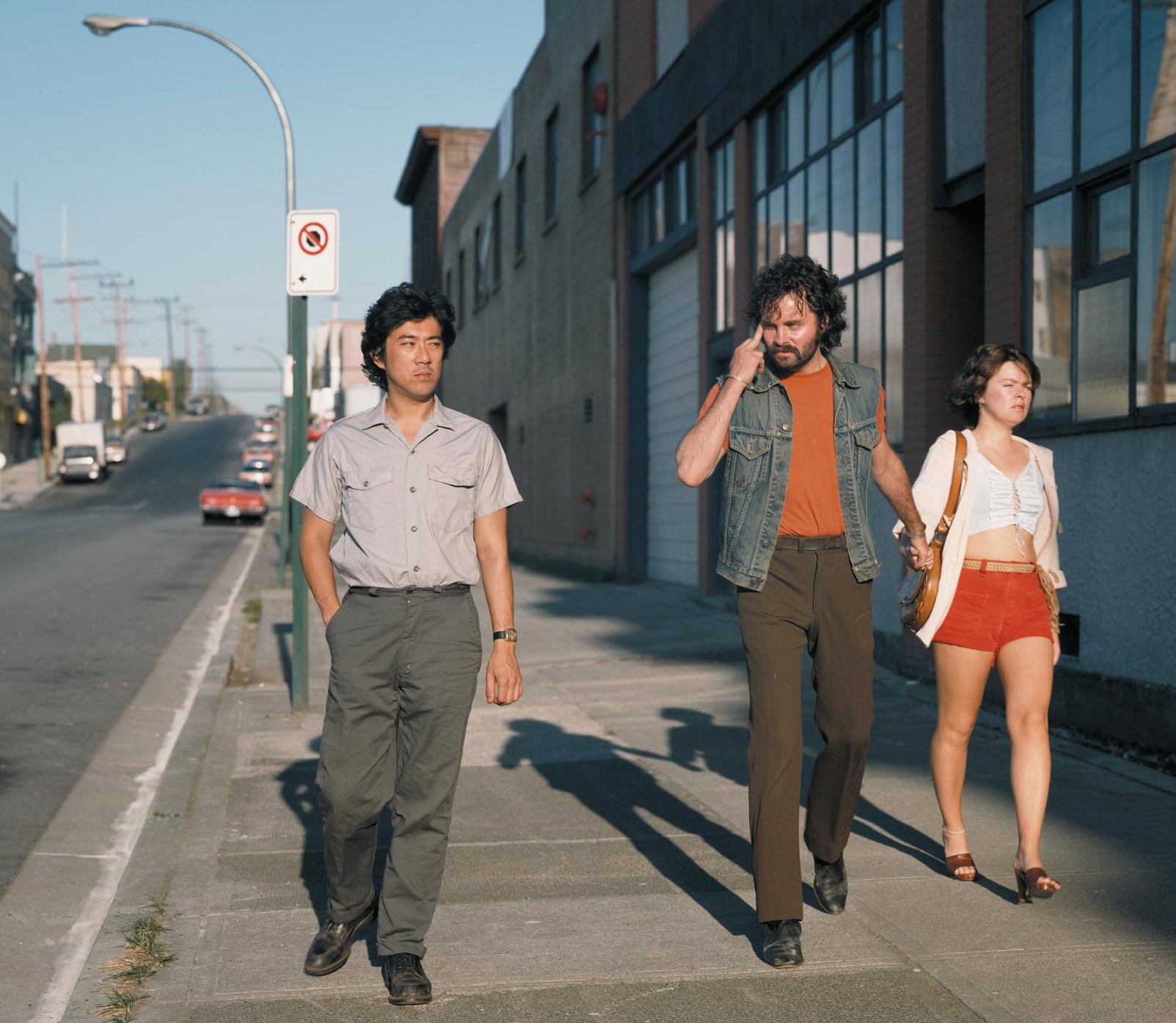
Claims of truth that most people take for granted?

You often hear a photographer saying: ‘the camera was there and recorded what I saw’.
A common phrase is to ‘shed light on a situation’ meaning to find out the truth.
‘A picture tells a 1000 words‘, is another aphorism that imply images are more reliable.
Picasso famously said: ‘We all know that art is not truth. Art is a lie that makes us realise truth.’
Magritte’s painting La Trahison des Images in which he painted a picture of a pipe with the words ‘Ceci n’est pas une pipe’ (This is not a pipe) goes some way towards an explanation.
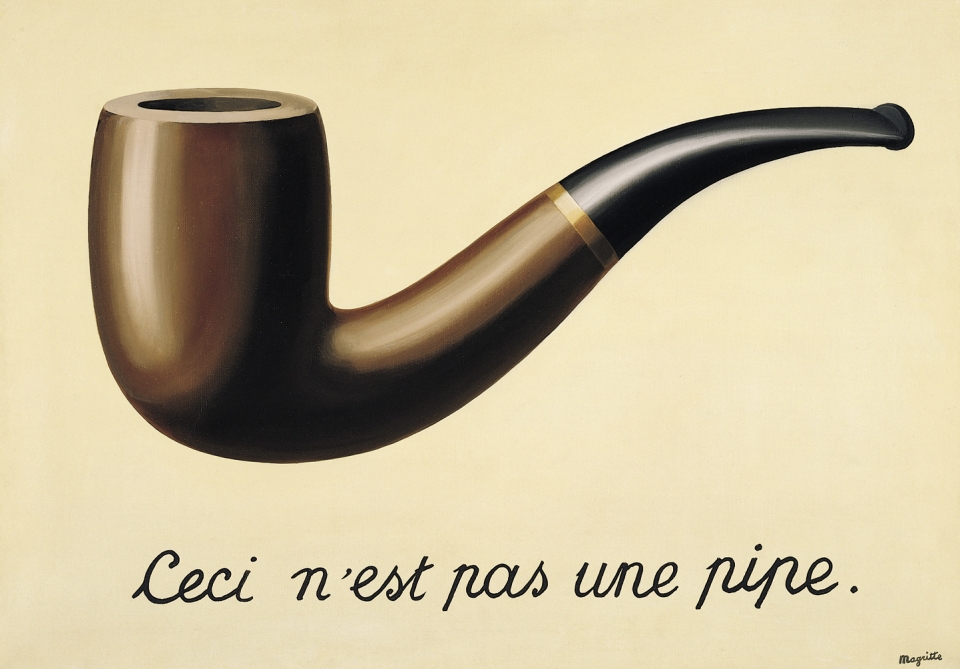
Documentary photography’s central aesthetic, political and moral associations are:
depicting truth
recording life as it is
camera as a witness.
TASKS: Produce a number of blog posts that show evidence of the following
DEADLINE: Mon 19 Nov
1. ANALYSIS: Choose one image from case studies listed below that questions the notion of truth regarding the photographic image and its relationship with reality and explain why.
Follow this method of analysis:
TECHNICAL > VISUAL > CONTEXTUAL > CONCEPTUAL.
Read more here on PhotoPedagogy

2. PHOTO-ASSIGNMENT: Based on your chosen theme of Political Landscape make two images, one that you consider truthful and one that is not.
The rationale behind this task is for you to consider the nature of the photograph to be a true representation of reality. In order to complete the tasks successfully, you must read and look through supporting material and consider the bullit points too that may prompt you in your answers . It is important that you do thourough research and use direct quotes and reference from sources included below
RESEARCH: Look through this Powerpoints: Photography and Truth and also read also this text for further context: Issues in Photojournalism.
For a contemporary perspective on documentary practice read photographer, Max Pincher’s Interview: On Speculative Documentary To read this interview you must access it online from home as it is blocked the internet filter in school.
Documentary photography is based on assumptions that the photograph represents a one-to-one correspondence with reality, which is nearly accurate and adequate, and that the photographic image is capable of conveying information objectively.
Consider these points when you analyse your image
- Traditional documentary believes the viewer to be a receptive subject taking in the objective information of the world through the photograph
- Can we rely on its ability to capture a moment in time accurately as historical evidence or as a witness to the world?
- Postmodernism points out that all forms of representation is subjective? How? Why?
- Digital photography has made manipulation much easier?
READING: Background and context of the historical, conceptual and aesthetic approaches and differences between documentary practice and tableaux photography.
David Bate (2016), Art Photography. Tate Publishing
New approaches to documentary in contemporary photography
David_Bate_The_Art_of_the_Document
On rise of Tableaux in contemporary photographic practice David_Bate_The_Pictorial_Turn
Also read and look through both these PPTs to get a basic understanding of Documentary vs Tableuax

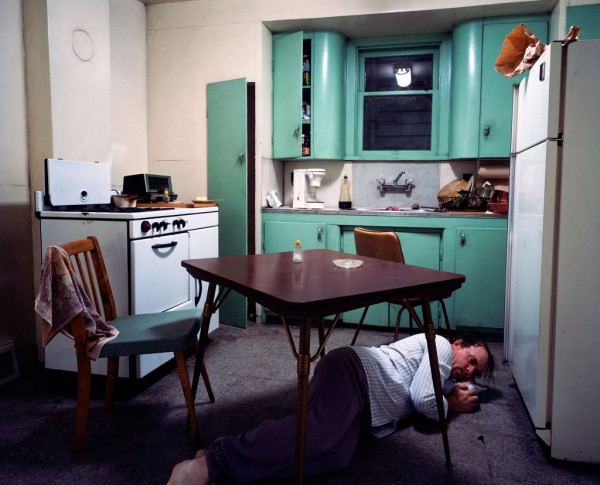
CASE STUDY 1:. In the terrorist attacks in Brussels in 2016 Fox News was reporting from the Place de la Borse. Video footage shows a young photographer posing a woman in front of a makeshift memorial: is it bad journalism ethics, or just the way it’s done?
Read the Guardian newspaper article here and make a blog post that expresses your own thoughts and views.
Further insight can be read here on Petapixel
Here is the image that photographer, Khaled Al Sabbah posted on Instagram
CASE STUDY 2: Another image from the Brussels attack has also generated a lot of chatter on social media.
A photograph of a woman in shock with torn clothes and injured foot has gone around the world.
Read a few articles here.
Following the second explosion, Kardava (the woman who took the image on her phone) fought her urge to run to a safe place. “I also wanted to take pictures. As a journalist, it was my duty to take these photos and show the world what was going on. I knew I was the only one at this spot.”

Is there a moral dilemma in photographing people injured or dying? As photojournalist should you take the image?
What is your view? How has this image become iconic of the terrorist attacks in Brussels airport?
CASE STUDY 3: Using another news images as an example, such as the drowned Syrian boy (read article here), consider if photographs can change the world or change people’s perception?
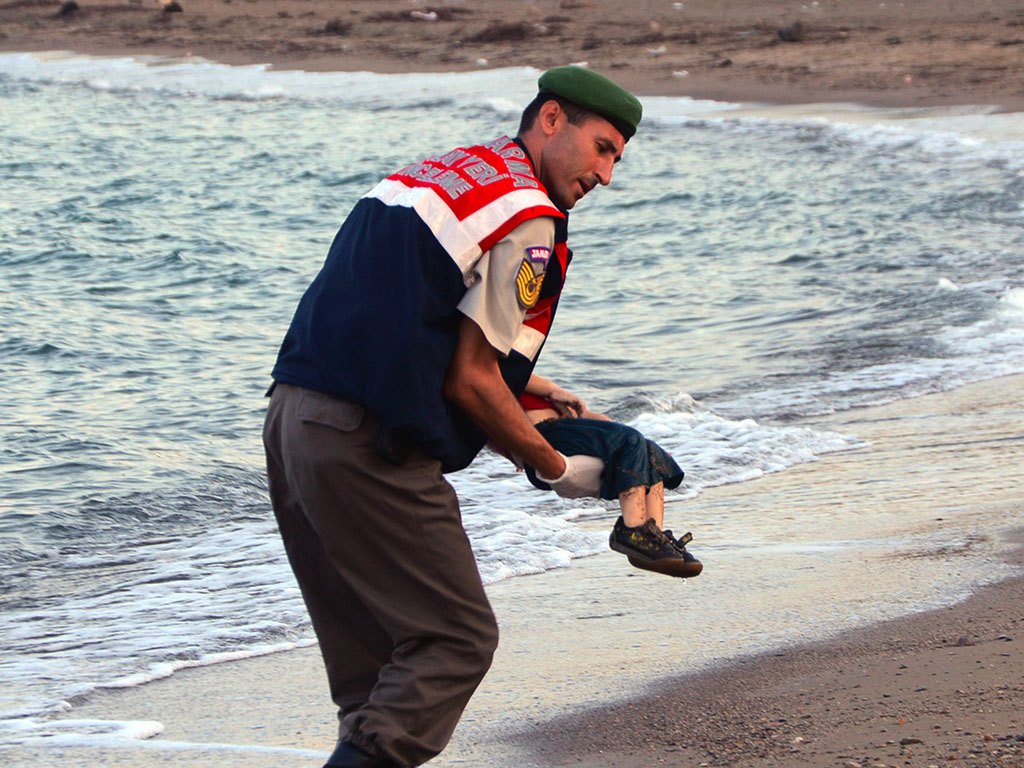
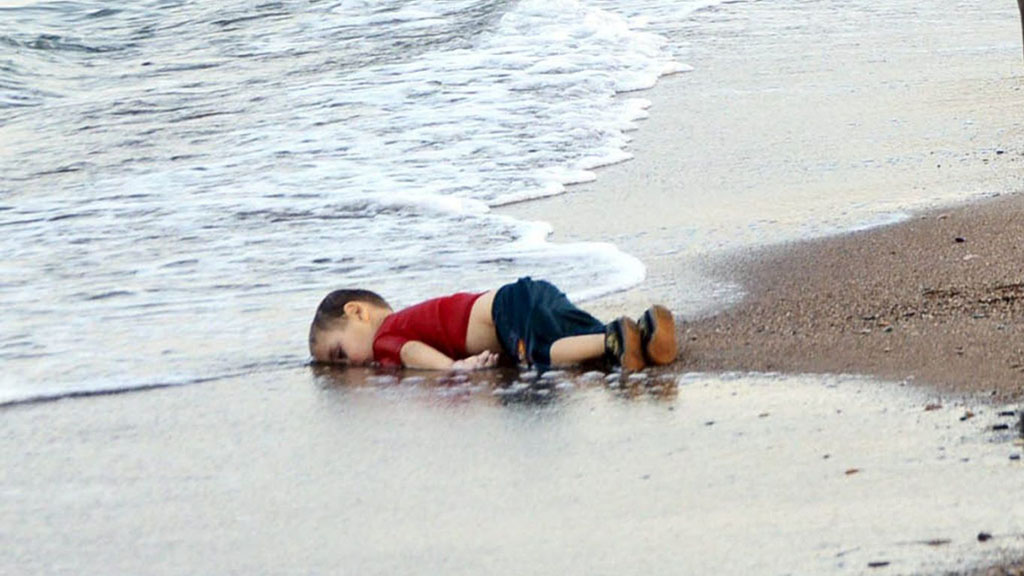
Here is a link to another article about the photographer who took the photos of the dead Syrian boy where she speaks about why she took them.
For a different point of view read this blog post by photographer and lecturer, Lewis Bush where he discuss the above in light of recent images of dead Syrian refugees in Europe. Incorporate his views and include quotes, for or against your own analysis and point of view.
CASE STUDY 4: Jeff Wall, Canadian artists known for his large scale tableaux image presented in light-boxes
Today, most of his images resemble reportage and, as such, are likely to incense his detractors, who claim he’s not a “true” photographer. His most contentious new work, called Approach, shows a homeless woman standing by a makeshift cardboard shelter in which we spy the foot of what could be a sleeping vagrant. Wall tells me it was shot under an actual freeway where the homeless congregate and that “it took a month to make, working hands-on” – but he won’t divulge just how staged it is. Is this an actual homeless woman, or an actor? Is the shelter real, or was it built by Wall’s team of assistants to resemble one?
Re-creating images from memory is crucial to Wall’s practice – perhaps because it flies in the face of the tradition of photography as an act of instant witnessing.
“Something lingers in me until I have to remake it from memory to capture why it fascinates me,” he says. “Not photographing gives me imaginative freedom that is crucial to the making of art. That, in fact, is what art is about – the freedom to do what we want.”
Read full interview with Jeff Wall here
In terms of truth or communicating an idea that make references to a real social problem such as homelessness, does it matter if the image is staged or not? Where does authenticity come into the picture?
CASE STUDY 5. The images of renowned photographer Steve McCurry, who made the famous and iconic image of an Afghan girl for a front cover of National Geography has recently been criticized for making ‘too perfect pictures’ which not only are boring but reinforces a particular idea or stereotype of the exotic other.
Read this article by Teju Cole in the New York Times Magazine which compares McCurry’s representation of India with a native photographer, Raghubir Singh who worked from the late ’60s until his untimely death in 1999, traveling all over India to create a series of powerful books about his homeland.
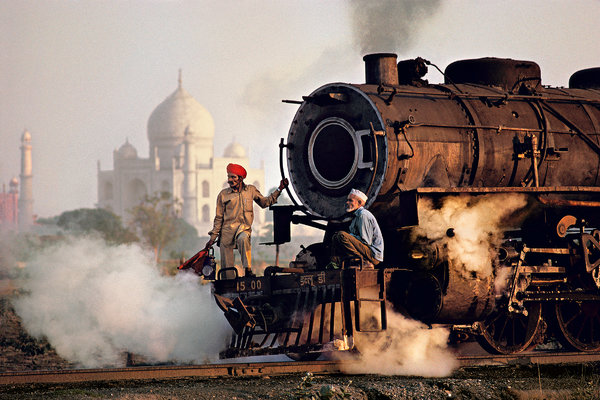

Reference to Coldplay’s new video also highlight the idea of cultural appropriation that harks back to Britain’s colonial rule and exploitation of the Orient.
Read this artcicle on Petapixel in In defense of Steve McCurry’s images
What is your view? Back it up with references to article read and include quotes for or against.
CASE STUDY 6:
Kevin Carter and The Bang Bang Club
Starving Child and Vulture
